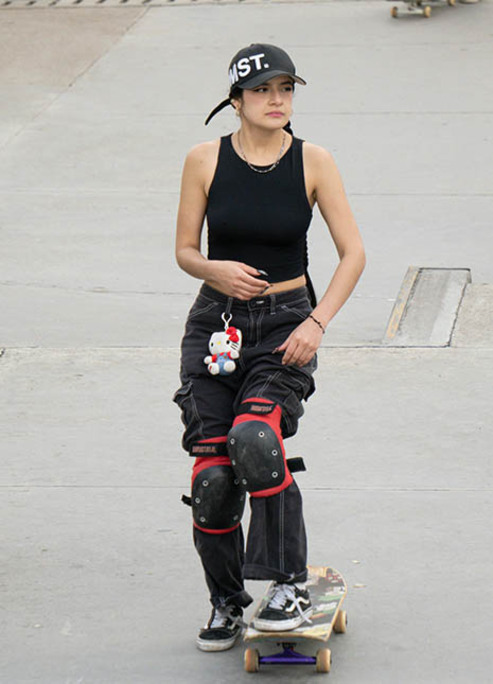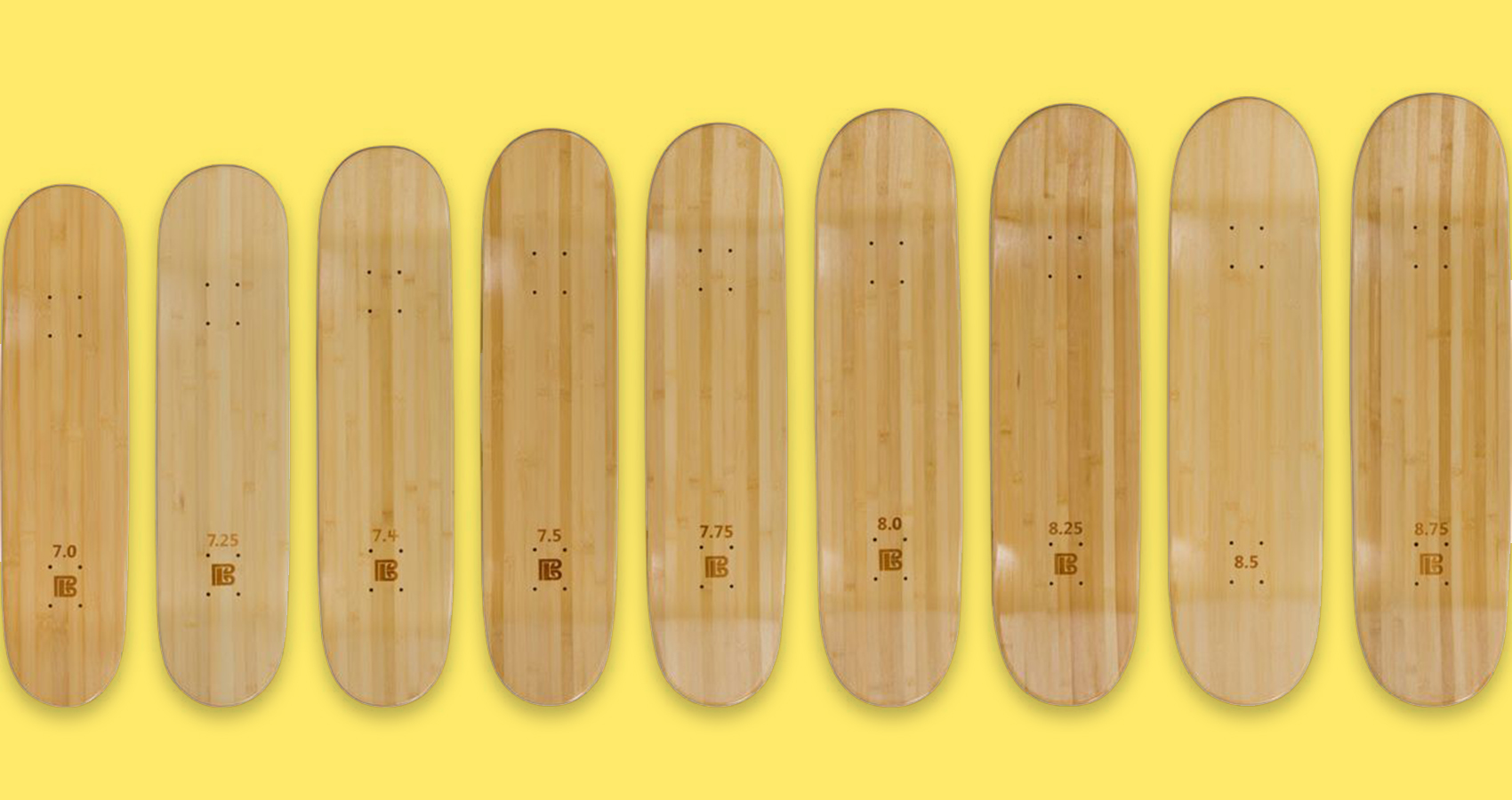
Bamboo Skateboards: Raise The Bar Or Not Up To Par?
While the activity of skateboarding is sustainable, the same can’t be said about the production of skateboards.
Skateboard decks are made using Canadian maple trees, which take 40 to 60 years to mature. Millions are cut down and shipped out each year to meet rising global demand. With this, the environmental consequences of aggressive deforestation only worsen.
Bamboo skate deck companies claim to have a solution. Unlike Canadian maple trees, there is a surplus of bamboo, which only takes months to grow. It also grows back harder once cut down, which means stronger decks.
On their website, the bamboo skateboard brand promises more pop, durability, strength, flexibility, and eco-friendliness. I have ordered one and tested these claims, here are the results.
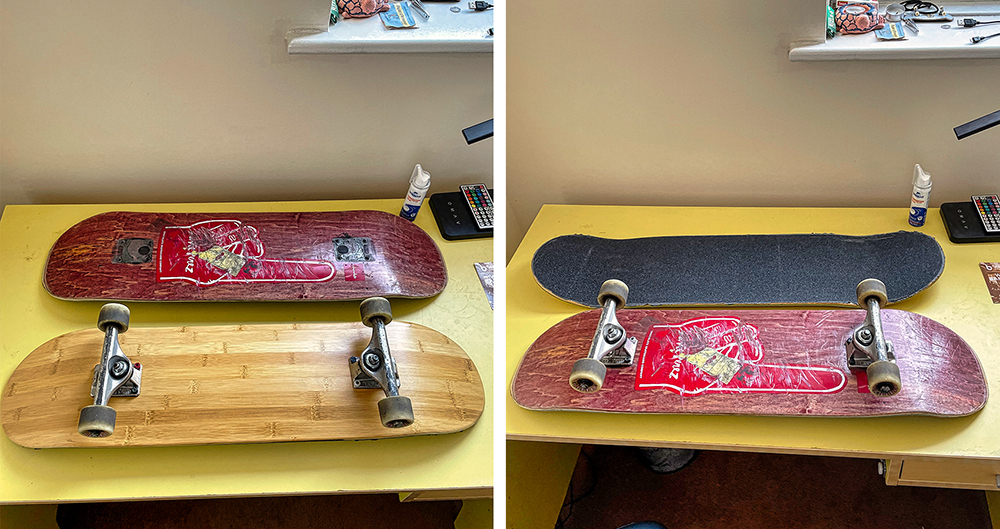
Unfortunately, the board designs are usually pretty bland. I ended up going for the simple bamboo pattern one, which is okay (forgive my messy grip tape job).
As for skateability, I was impressed! It holds up to that maple standard, feeling pretty much the same as conventional maple decks.
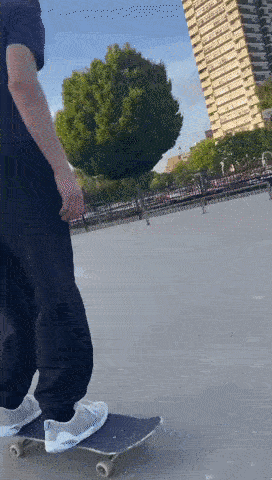
When I first got it, I was half expecting it to snap like a cheap Walmart board, but it felt like any other board. When compared side by side with a palace deck, it felt pretty much the same: it’s a real contender!
I even took it down this little drop to test durability, it held up no problem.
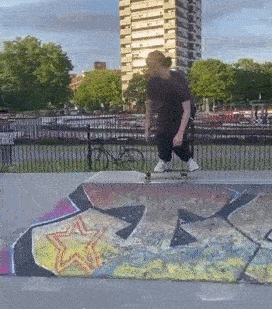
The final verdict on bamboo decks: they do not have the nicest designs and pop, flexibility, strength, and durability are not particularly better (which they promised would be). That said, they are more eco-friendly and skate surprisingly well (on par with conventional decks). It is a mystery to me why skate companies have not implemented them more, perhaps we will see a shift in the future.
At 33 Pounds (a bargain!) this is a perfectly good deck to buy on a budget, as a beginner, or for environmental purposes. Raise the bar? Not quite. Up to Par? 100%
Read next, $20 skateboard vs $200 skateboard: We Put Them To The Test





